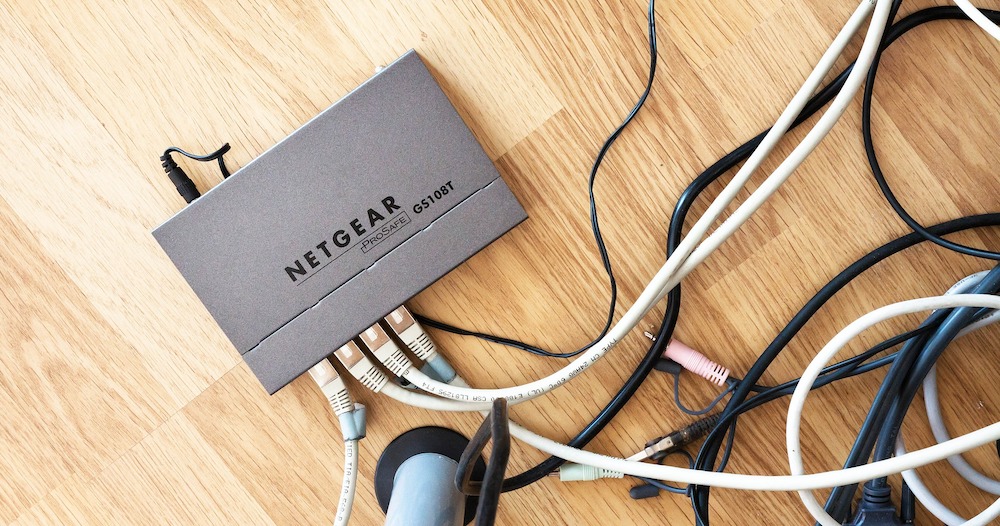If you're designing an IoT-connected product, the question of how to connect it is a big one! Learn pros and cons here.
When you are in the process of developing a new connected project, there's an important question you can’t get around: how should the project connect to and communicate with other IoT devices?
While wired connections are still widely in use today, most consumer devices connect to a network wirelessly. For wireless internet connections, the two most viable options are using a cellular network or utilizing a wireless LAN to get your device connected to the Internet.
In this article, I’ll discuss the pros and cons of both Wi-Fi and cellular methods and talk about their different characteristics.
The Pros and Cons of Cellular Networks
Cellular networks have the advantage of being available almost everywhere, except for very rural and undeveloped areas. This is a big plus if you want your device to be mobile and if you plan to use it in many different locations and situations. However, the reception can be limited indoors and underground.
Historically, cellular networks had the disadvantage of slow speed. However, with the emerging 5G networking technology, cellular networks get faster and can easily reach download speeds of up to 2 Gbit/s. Even if you look at 4G (or 3G), the upload and download speeds are usually more than high enough, even with demanding IoT applications.
The emergence of 5G has made cellular networks much faster for IoT-connected projects.
Another key point to look at is the availability and security of the network.
The service providers are amongst the richest companies worldwide, and they have the money and infrastructure to make sure that their network is always up-to-date and available. These companies also employ many security experts that try to discover new vulnerabilities and protect the network (and its users) from attacks. Besides that, the data transmitted over a cellular network is encrypted by default.
Of course, gaining the advantages of broad availability and built-in security comes at a cost. Using a cellular network generally comes with a monthly bill.
The Pros and Cons of Wireless Local Area Networks
W-LANs, or Wi-Fi networks as they are often called, are exactly what their name suggests: local area networks. The availability, therefore, is good as long as the connected device is within the boundaries of the Wi-Fi network. This can mean decreased flexibility because you can’t just take your IoT device anywhere without losing internet access.
Wi-Fi networks are easy to set up, but IoT-connected projects will only work within that network's boundary.
However, because the network is only available locally, you don’t have to share it with any other users, unlike a cellular network that is shared by everyone paying to use the network. This means that the latency is usually smaller. Furthermore, you should consider that almost everybody has a wireless router at home, so there’s no added cost, which is especially beneficial for consumers.
However, because the network is local, you’ll have to make sure that it works as intended. The communication is also unencrypted by default, so security is another point to take into consideration.
Cellular vs. Wi-Fi: Which One Should You Use?
As usual, the answer to whether you should use a cellular network or Wi-Fi depends on your use-case.
For IoT devices that have to be mobile and versatile and that will most likely be used outdoors, consider utilizing an existing cellular network. For applications where mobility doesn’t matter, especially indoors, Wi-Fi would be the way to go.
The networking speed is not a limiting factor anymore. Even the current 4G networks are fast enough for streaming, and other high-bandwidth IoT applications, and so are all Wi-Fi connections today. And with the upcoming 5G networks, cellular connections will get even faster.
Another point to consider is whether you’re designing a consumer device or one that’s going to be used by a company. Most consumers might not want to get another data plan to use a single IoT device. However, for companies, it might even be more effective than to create a new local area network.
In the end, you should carefully evaluate the ideal user of your device and how it’s going to be utilized in everyday situations.






